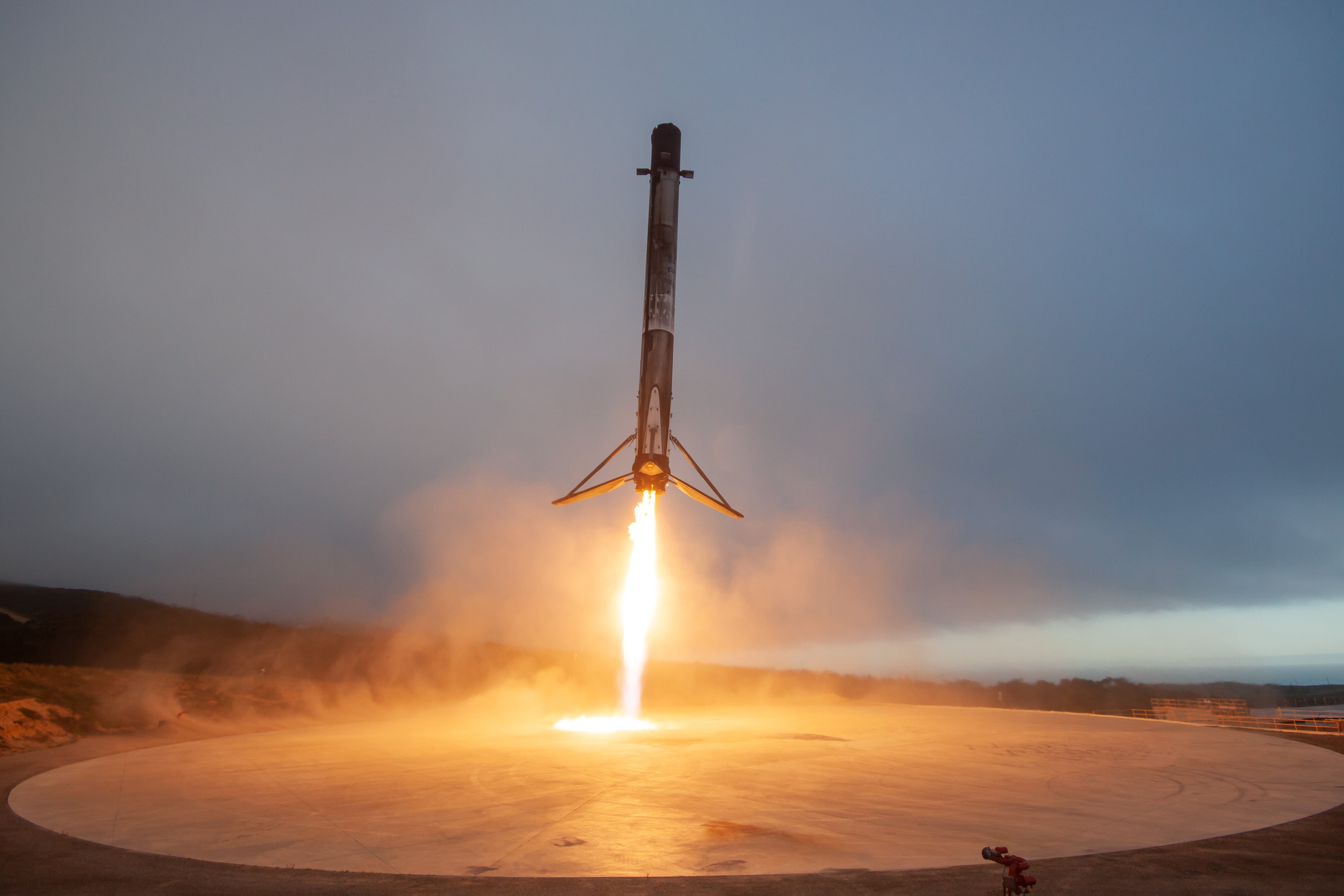WASHINGTON — The U.S. Space Force’s acquisition plan for its next phase of National Security Space Launch contracts will make it easier for the Space Development Agency to buy and schedule launch missions, according to the organization’s director.
Derek Tournear said April 5 the agency worked closely with the Space Force’s primary acquisition arm, Space Systems Command, to inform its strategy for NSSL Phase 3, which the service will use to fund launch missions between fiscal 2025 and fiscal 2034. The service released a draft solicitation for the effort in February and plans to issue a final version this summer.
Speaking during the Mitchell Institute’s Spacepower Security Forum in Arlington, Virginia, Tournear was clear that SDA will use the Space Force’s contracting mechanism for future launches. But that hasn’t always been the case for the agency, which was created to rapidly develop and field large constellations of small satellites.
For its first batch of spacecraft, dubbed Tranche 0, SDA contracted directly with Elon Musk’s SpaceX to fly the missions, bypassing the NSSL program in favor of a more affordable deal.
After negotiating a lower cost, the agency opted to use NSSL to buy its Tranche 1 launches.
“We have a really good data set on what is the commercial launch process versus what is the NSSL launch process, and we brought those lessons learned into the NSSL team as they crafted Phase 3,” Tournear said.
Under the NSSL Phase 2 approach, the Space Force buys launches from just two companies, United Launch Alliance and SpaceX. The NSSL Phase 3 strategy will establish two launch-provider groups split into “lanes.”
The first lane will include mostly commercial companies that compete for less complex missions. The service will select multiple providers for this and will offer annual opportunities for new companies to join the pool.
The second lane will focus on more stressing launches with unique requirements, and the Space Force is to choose just two companies for this track.
Tournear, who said he expects SDA to use providers from the first lane for its launches, said the Space Force’s approach for Phase 3 offers more flexibility. For example, users will be able to modify their missions — such as the number and type of satellites onboard — with less notice. Plus, the emphasis on competition and the larger pool of companies drives down costs.
That flexibility is important for SDA, as it projects a significant increase in its launch cadence next year. The agency launched its first 10 satellites in early April and will fly another 18 in June. But starting next September, its pace will grow to one mission per month over a one-year stretch.
Tournear told reporters in a March 31 interview prior to the first Tranche 0 launch that he’s confident SDA and the companies building its satellites can adapt to that growth, but added it will require a certain level of agility from the government and industry.
“We’re going to try to launch the satellites as soon as they’re ready and launch as quickly as possible,” he said. “I think the industry is now in a position where they can support it both from the satellite vendor side, where they’ve gotten into this more of a commoditized assembly line mindset, and then the rocket side.”
Courtney Albon is C4ISRNET’s space and emerging technology reporter. She has covered the U.S. military since 2012, with a focus on the Air Force and Space Force. She has reported on some of the Defense Department’s most significant acquisition, budget and policy challenges.








